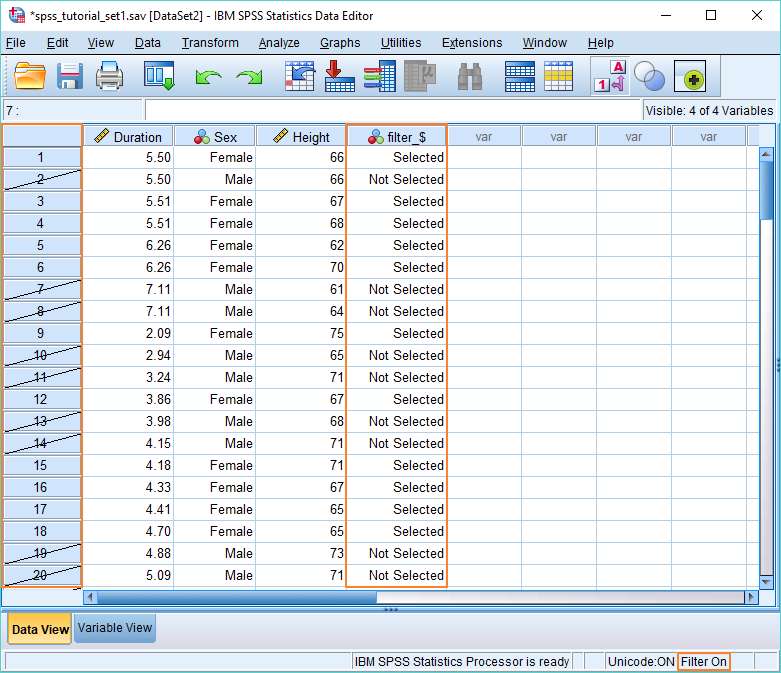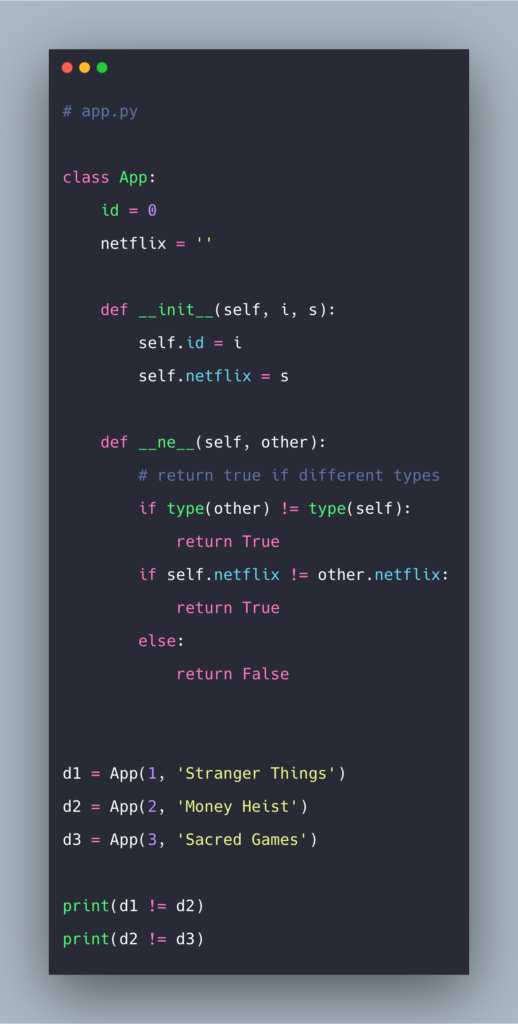
Even though it's clear that doctor_rating = 6 indeed for such cases, 6 being a missing value still causes SPSS to return “unknown” for this comparison. Returns system missing values for cases having “6” (a user missing value) on doctor_rating. This holds for user missing values (which are not really missing or unknown) as well. SPSS operators will return a system missing value (meaning “unknown”) when a missing value is encountered in a basic operator. Like so, this is a great shortcut for dichotomizing variables and we'll use it throughout this tutorial and many others.

Spss code does not equal how to#
We'll demonstrate how to get things done on the last 5 variables in hospital.sav.īefore jumping into SPSS operators, we'll first set 6 as a user missing value for all relevant variables by running They work mostly as you'd expect but they do have a couple of surprises in store.

SPSS basic operators are mainly used with IF, DO IF and COMPUTE.

SPSS Basic Operators By Ruben Geert van den Berg under SPSS Blog


 0 kommentar(er)
0 kommentar(er)
